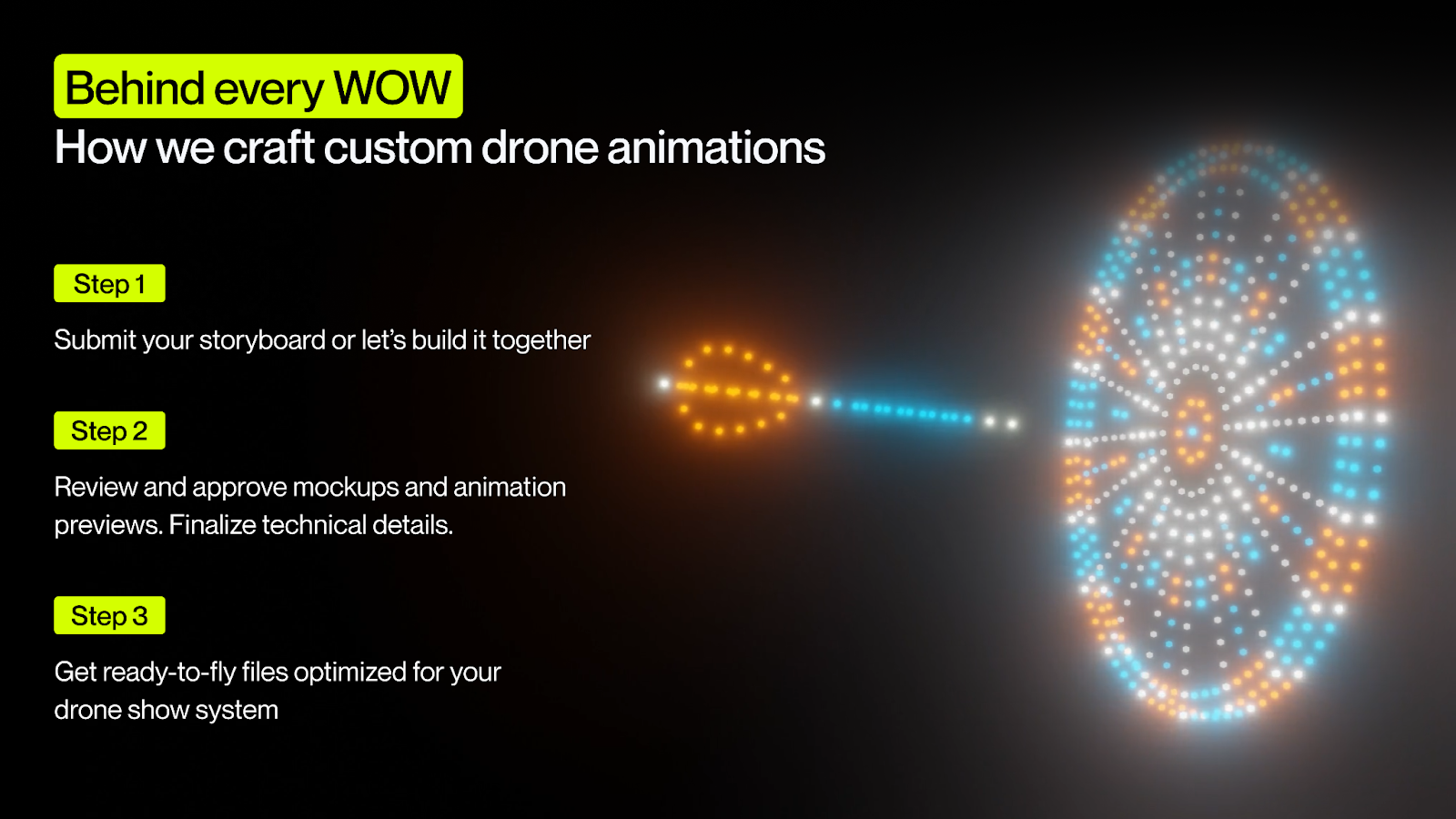 News
NewsFrom concept to sky: the evolution of drone show design
1. Introduction
Drone show design is a new digital art form that merges animation, aerospace, and storytelling. This article walks through the evolution of drone show design — from its early experimental roots to today's sophisticated tools and AI-assisted workflows.
2. The beginning: a burnt field (2017)
In 2017, Alex Levandovskiy, founder of Wow Drone, faced the task of creating drone animations. At that time, there were no tools, no specialists, and no guides. The landscape was empty. Our first experiment took two weeks and involved animating a show made of just 20 drones using Unity. We used a pre-existing motion capture dataset and transformed it into a drone-based animation.
3. Blender enters the scene
Soon after, we realized that professional 3D software could become the backbone of drone show design. Blender stood out as a flexible, open-source platform. We learned how to create formations and movements while maintaining safety constraints — distances between drones, speeds per frame, and physical drone limitations.
But we also discovered another critical layer: storytelling. It wasn’t enough to animate drones — we needed someone to convey an idea using a limited number of dots in the sky. That required a creative designer with both artistic vision and technical understanding.
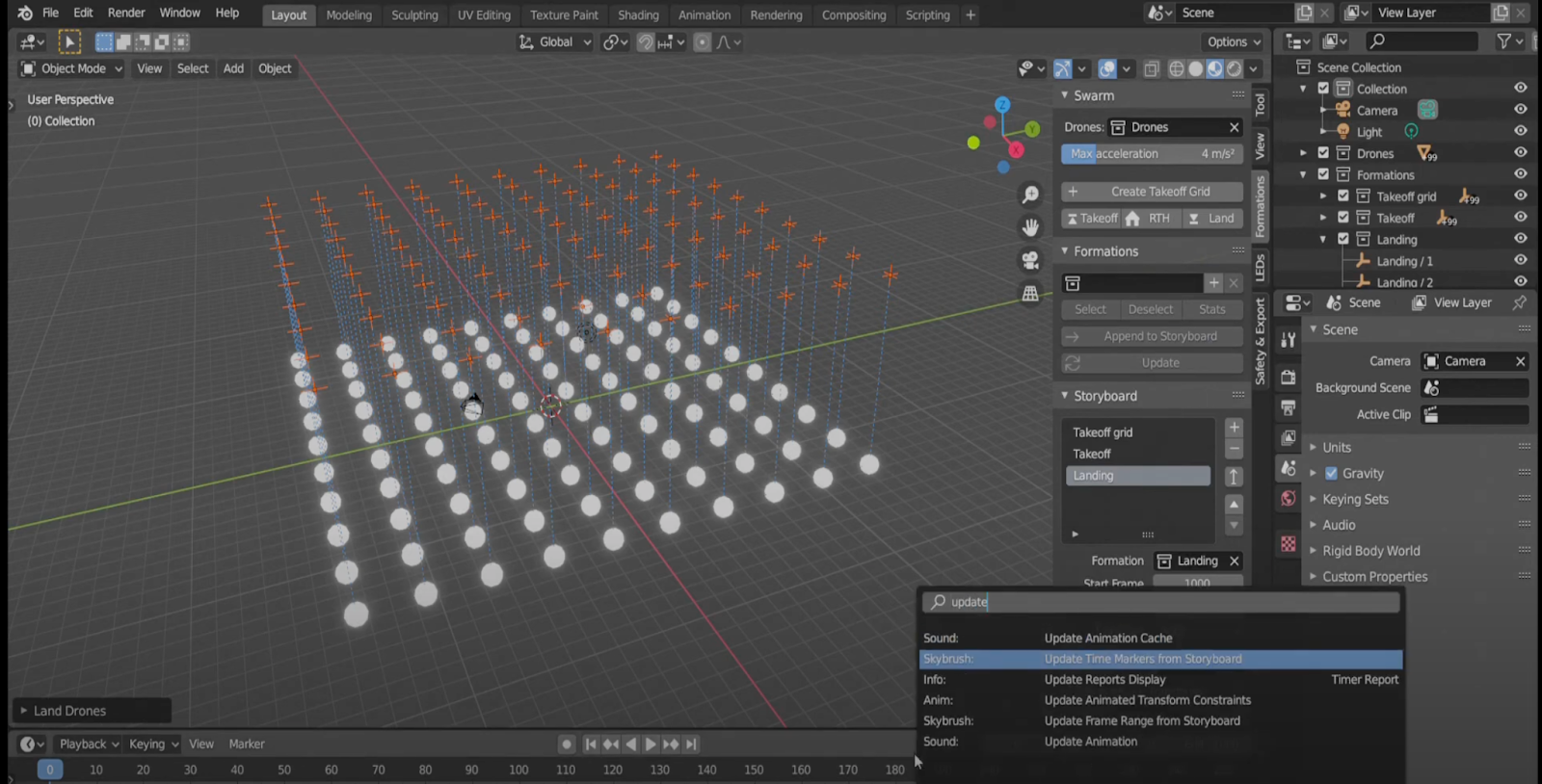
4. The first creative step
Alex began recruiting designers who worked in Blender. One of our first major projects, Santa’s reindeer, used only 50 drones but featured 3D models, spinning propellers, and text in the sky. It marked a breakthrough in how we thought about drone shows — not as tech demos but as artistic experiences.
5. Exploring new tools
As the industry matured, we explored other professional tools: Maya, Cinema 4D, Houdini.
But these tools weren’t designed for drone logic. Drone shows require:
- Take-off and landing formations
- Scene transitions
- Manual transitions between each shape in the animation
Designing inside these tools demanded adaptation — and designers who understood those unique constraints.
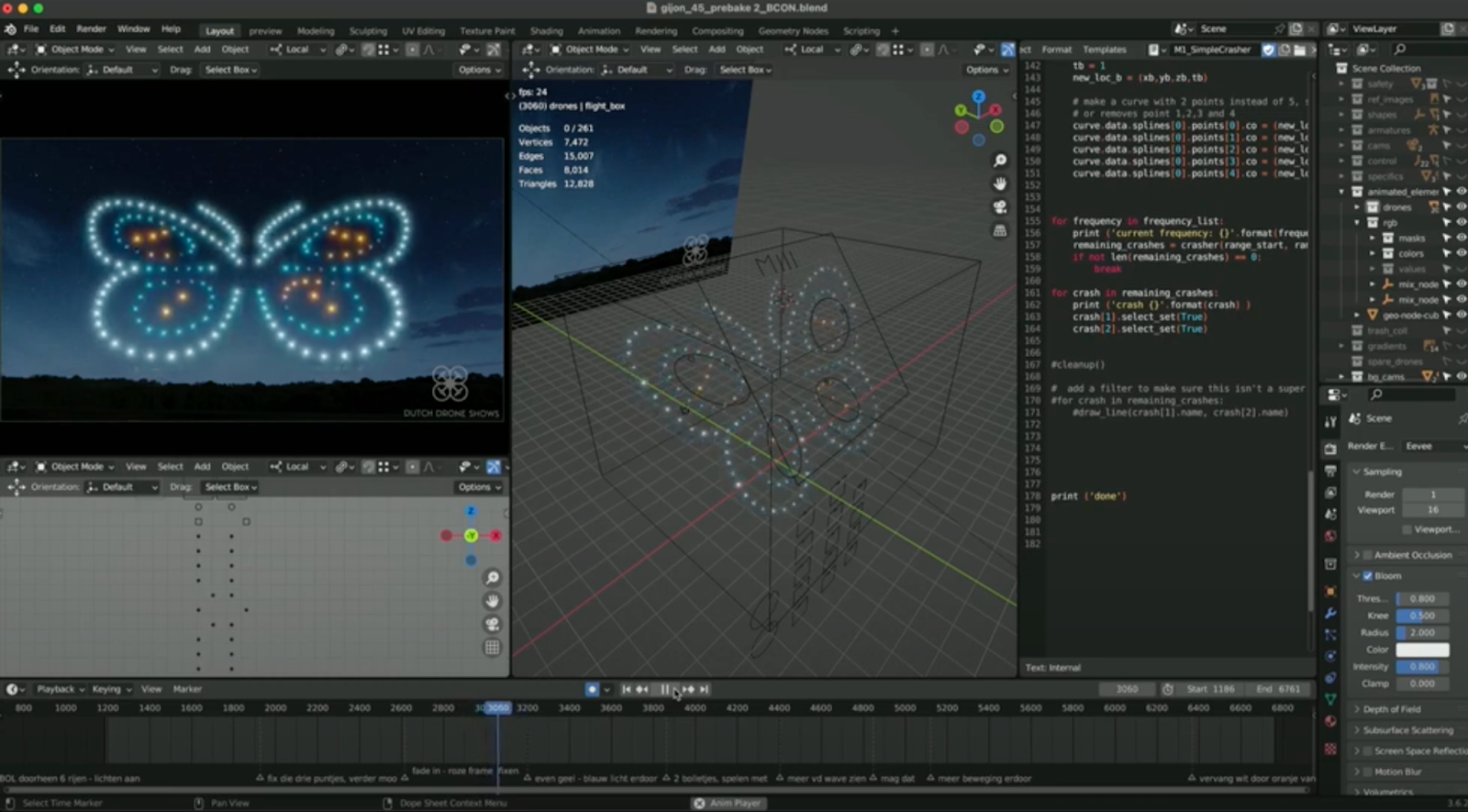
At this stage, we discovered that drone design was less about pure artistry and more about solving problems within strict technical constraints. One of the artists at Wow Drone once put it well: “Some days, it feels less like creating art and more like debugging creative ideas.”
In fact, in the early years, it was often easier to train someone without an art background but with strong problem-solving skills. As the industry matured and technical limitations were gradually overcome, the artistic side of the process took on a more central role.
6. Democratizing the art: the first drone show design contest (2020)
During the COVID-19 pandemic, The first international drone show design competition was launched to popularize the field and find fresh talent. The results were inspiring:
- The winner joined a major drone show company
- The second-place designer launched her own design studio
This revealed a structural truth: the field is split between technical animators and creative artists. Both are essential.
It became clear that creative people must learn to work with the tools, adapting their creative process to drone show logic. Becoming a skilled designer takes years, and mastering the software tools requires internet tutorials and a lot of patience.
Many designers in the field today come from non-artistic backgrounds — they had no prior experience in 3D or digital art when they entered the world of drone shows. What sets successful designers apart is not where they started, but their willingness to learn, adapt, and improve step by step.
The best ones spend their free time studying the craft, watching tutorials, and learning from more experienced creators. It's a long journey — but one where persistence consistently outperforms raw talent.
7. Rise of plugins and simplified tools
Since then, the ecosystem has exploded. There are:
- Plugins for Blender, Houdini, and other platforms
- Standalone design tools with drag-and-drop functionality,
However, many of these tools are limited when it comes to scripting and designing artistic transitions between key scenes
They’re useful for simple shows but not for high-end, custom creative work.
The simplification of drone show creation has made it accessible — now, almost anyone can call themselves a drone show designer.
8. Template market: what didn’t work
In recent years, several template-based animation stores have appeared, offering ready-made drone show content. Users could select ready-made animations based on drone count and location. It failed. Why?
Because clients paying for drone shows want custom, emotionally resonant content — not cookie-cutter templates.
Drone shows are still something special at any event. They’re like confetti: short, bright, and meant to be memorable. A mediocre design, made in a hurry, has the opposite effect — it pushes clients away. They return to alternatives like fireworks or other SFX components that deliver more guaranteed impact.
This reflects a broader truth: no one wants to experience something that feels mass-produced. Just as artists wouldn’t want to paint with generic colors or repeat someone else’s canvas, drone shows need authenticity and presence.
While templates and AI tools can help speed up production, they can’t replace the emotional intuition and sense of timing that great designers bring. That’s why custom design remains the core of what makes a drone show unforgettable.

9. Automation and generative tools
The past few years have brought new automation tools and even AI-based services that offer generative designs. Most of these are dull, repetitive, and uninspired.
They miss the point: drone shows are live, emotionally powerful, and must be unique.
10. The role of AI in the future
Still, AI will shape the future of drone show design:
- Generate 3D models for Blender using AI prompts
- Create storyboards or moodboards in ChatGPT or Midjourney
- Visualize early mockups in real-world environments
Most experienced designers agree that AI is best used for early ideation — storyboards, reference material, quick background elements — but not for final designs. As one designer from the Wow Drone team remarked: “It’s a great assistant, but I wouldn’t let it take over the brush.”
Drone shows still demand a human touch: emotional judgment, timing, nuance — all things that AI hasn’t mastered yet.
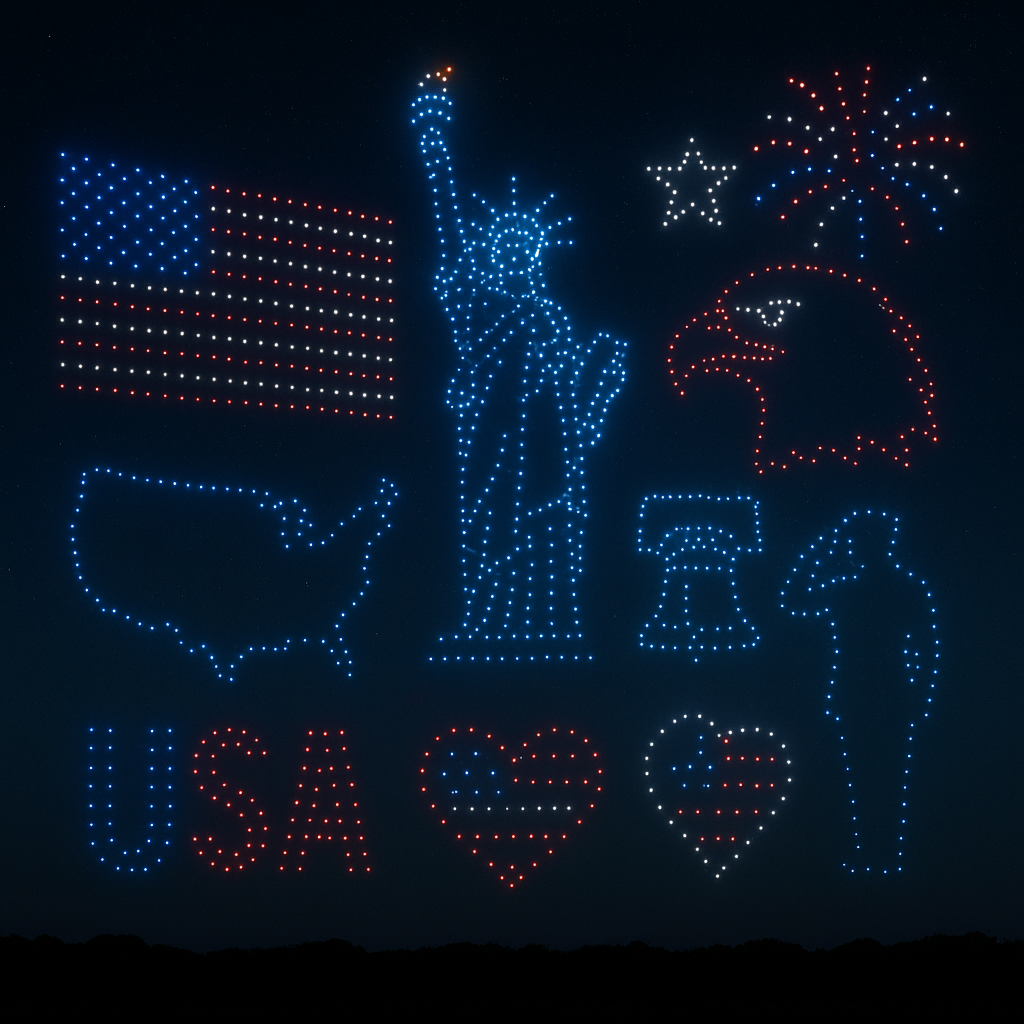
11. Final thoughts
The drone show design space has come a long way — from manually rigging animations to a maturing ecosystem of tools and professionals. But one principle remains unchanged:
Every drone show must be unique.
The new creative team at Wow Drone has built a platform for companies that want to elevate their designs, shows, and business to the next level.
How it works
We can create a full show for you — from storyboards and mockups to the final drone show animation with flight path files ready to upload into your drones.
Already have in-house designers? Great! We can create custom visuals that integrate into your own shows.
We also work in co-pilot mode — when you're overloaded and need to deliver high-quality content on time, we're here to help you stay sharp and deliver excellence.
